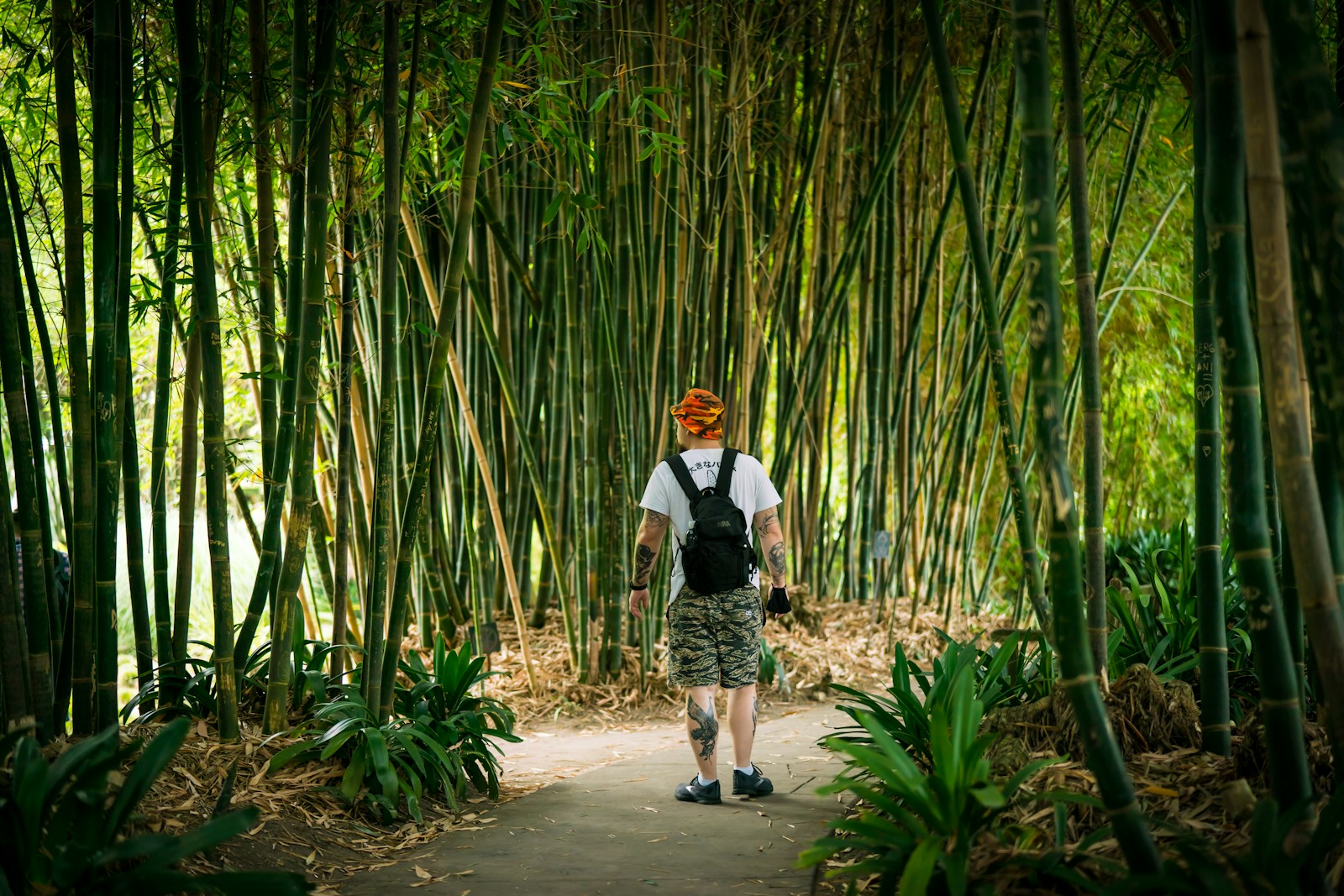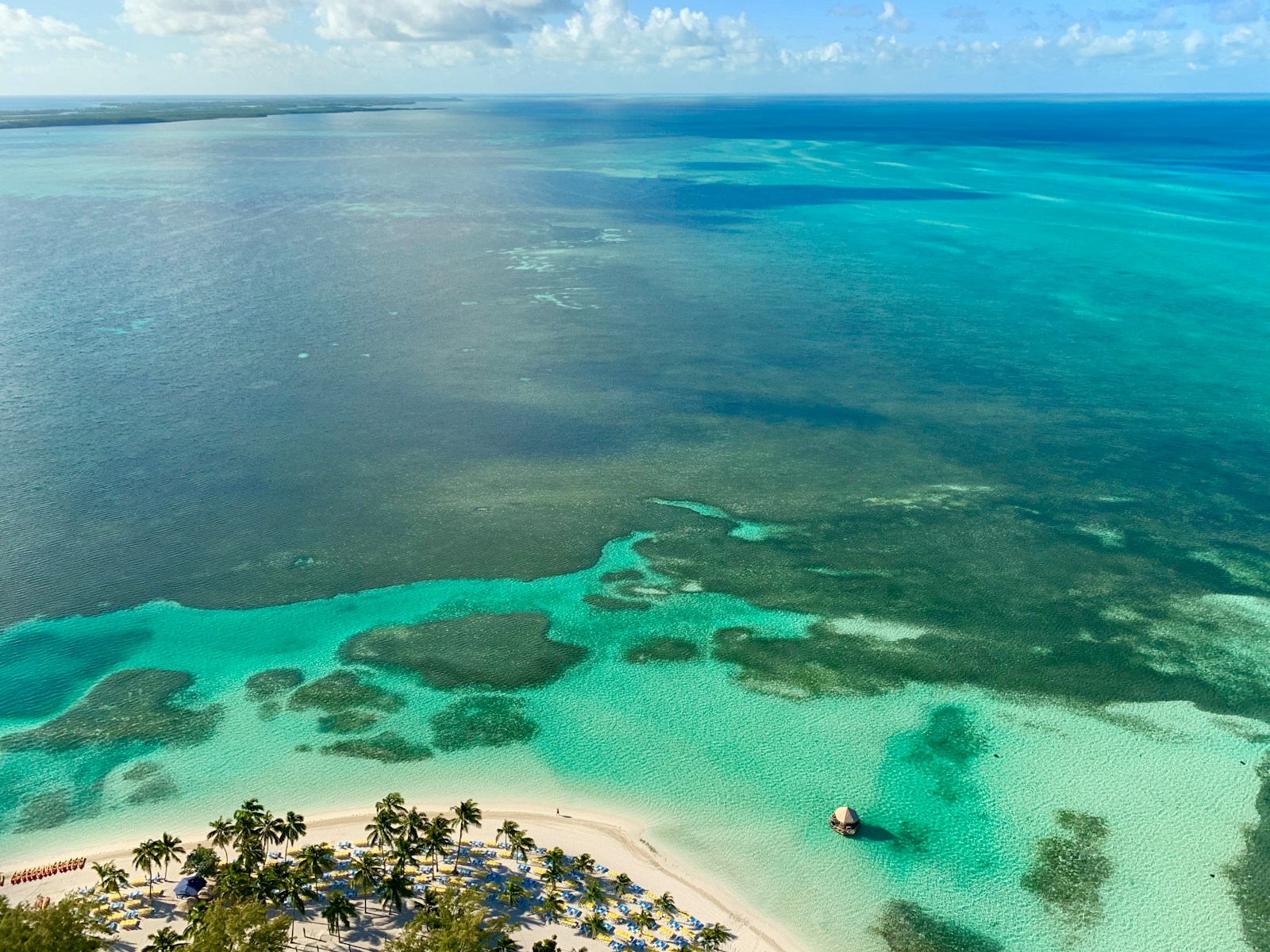Traveling is more than just visiting new places; it’s about experiencing the world through different lenses. With various types of tourism, each offering unique experiences, travelers have endless opportunities to explore. In this post, we will take a closer look at the four primary types of tourism—eco-tourism, adventure tourism, cultural tourism, and sustainable tourism. We’ll explore their definitions, impacts, and ways to engage responsibly, all while catering to eco-travelers, adventure seekers, and cultural enthusiasts.
Introduction to Tourism Setting the Stage
Tourism has evolved significantly over the years, becoming one of the largest industries globally. While traditional tourism focuses on sightseeing and relaxation, modern travelers seek more meaningful interactions with their destinations. This shift has given rise to specialized forms of tourism that cater to different interests and values. Understanding these different types of tourism can help travelers make more informed choices that align with their personal interests and contribute positively to the places they visit.
Defining the 4 Types of Tourism
Eco-Tourism Exploring the Natural World Sustainably
Eco-tourism is a form of tourism that emphasizes responsible travel to natural areas. It aims to conserve the environment, respect local cultures, and promote sustainable practices. Eco-tourism allows travelers to experience nature while minimizing their impact on ecosystems. Some popular activities include wildlife safaris, nature hikes, and bird watching. By choosing eco-tourism, travelers can contribute to preserving natural habitats while enjoying the beauty of the world.
For eco-travelers, the goal is to leave no trace behind. This means being mindful of waste, respecting wildlife, and supporting conservation efforts. Eco-tourism often involves traveling to remote locations, which can offer a sense of adventure and solitude. It’s an excellent choice for those who want to connect with nature more deeply and learn about environmental conservation.
Adventure Tourism Seeking Thrills and Challenges
Adventure tourism is all about adrenaline-pumping experiences in exotic locations. It includes activities like rock climbing, white-water rafting, and zip-lining that challenge physical limits and encourage exploration. Adventure tourism appeals to those who crave excitement and love pushing themselves to try new things.
This type of tourism often takes travelers off the beaten path, leading them to discover hidden gems and unique landscapes. Safety is crucial, so choosing reputable operators and guides is essential. Adventure tourism also provides opportunities for personal growth and confidence-building as travelers conquer new challenges and overcome fears.
Cultural Tourism Immersing in Local Traditions and Heritage
Cultural tourism offers travelers the chance to immerse themselves in the traditions, customs, and history of a destination. This type of tourism includes visiting historical sites, participating in local festivals, and engaging with indigenous communities. It allows travelers to gain a deeper understanding of diverse cultures and appreciate the richness of global heritage.
For cultural enthusiasts, this type of tourism provides authentic experiences that go beyond surface-level exploration. Engaging with locals and respecting their customs is crucial, fostering cross-cultural understanding and appreciation. Cultural tourism can lead to personal enrichment and a broader perspective on the world.
Sustainable Tourism Balancing Economic Growth with Environmental Protection
Sustainable tourism focuses on minimizing the negative impacts of tourism while maximizing its benefits. It aims to balance economic growth with environmental protection and social well-being. Sustainable tourism encourages ethical practices such as reducing carbon footprints, supporting local economies, and preserving cultural heritage.
Travelers can engage in sustainable tourism by choosing eco-friendly accommodations, practicing responsible wildlife tourism, and supporting local businesses. This type of tourism promotes a long-term vision for tourism development, ensuring that destinations remain viable and attractive for future generations.
The Impact of Each Type on Destinations and Communities
Economic Benefits
Tourism significantly contributes to the economy of destinations by generating income, creating employment opportunities, and attracting investments. Eco-tourism, adventure tourism, and cultural tourism all play a role in boosting local economies by attracting visitors from around the world. Sustainable tourism ensures that economic growth is balanced with environmental and social considerations, leading to a more equitable distribution of benefits.
Environmental Considerations
While tourism can have negative environmental impacts, such as pollution and habitat destruction, responsible tourism practices can mitigate these effects. Eco-tourism and sustainable tourism prioritize environmental conservation and aim to minimize negative impacts. Adventure and cultural tourism can also contribute positively when travelers follow ethical guidelines and respect local environments.
Social and Cultural Impacts
Tourism can promote cultural exchange and cross-cultural understanding, leading to greater tolerance and appreciation of diversity. However, it can also lead to cultural commodification and loss of authenticity if not managed responsibly. Cultural tourism provides opportunities for communities to share their heritage with the world, fostering pride and preserving traditions.
Case Studies Successful Examples of Each Type of Tourism
Eco-Tourism Example Costa Rica’s Rainforests
Costa Rica is a pioneer in eco-tourism, known for its abundant biodiversity and commitment to environmental conservation. Many eco-lodges and tours offer visitors the chance to explore rainforests, encounter wildlife, and support conservation efforts. This approach has helped Costa Rica become a leading destination for eco-tourists.
Adventure Tourism Example New Zealand’s Outdoor Adventures
New Zealand is a haven for adventure seekers with its diverse landscapes and thrilling outdoor activities. From bungee jumping to hiking the Tongariro Alpine Crossing, New Zealand offers endless opportunities for adrenaline junkies. The country’s focus on safety and sustainability ensures that adventure tourism thrives while protecting its natural beauty.
Cultural Tourism Example Japan’s Rich Heritage
Japan’s cultural tourism offers travelers the chance to explore its rich history and traditions, from tea ceremonies to ancient temples. The country’s dedication to preserving its cultural heritage and sharing it with visitors has made Japan a top destination for cultural enthusiasts.
Sustainable Tourism Example Bhutan’s Gross National Happiness
Bhutan’s unique approach to sustainable tourism focuses on promoting cultural preservation, environmental conservation, and social well-being. The country’s policy of “high-value, low-impact” tourism ensures that tourism contributes positively to Bhutan’s development without compromising its cultural and environmental integrity.
Tips for Travelers How to Engage Responsibly in Each Type of Tourism
Engaging responsibly in tourism requires mindfulness and consideration for the people and places we visit. Here are some tips for travelers:
- Eco-Tourism Considerations:
- Choose eco-friendly accommodations and tours.
- Minimize waste and respect wildlife habitats.
- Support conservation efforts and local communities.
- Adventure Tourism Considerations:
- Prioritize safety by choosing reputable operators.
- Respect the environment and follow ethical guidelines.
- Be prepared and aware of your physical limits.
- Cultural Tourism Considerations:
- Respect local customs and traditions.
- Engage with locals and support community initiatives.
- Learn about the history and significance of cultural sites.
- Sustainable Tourism Considerations:
- Reduce your carbon footprint by traveling responsibly.
- Support local economies by choosing local businesses.
- Advocate for ethical tourism practices and policies.
Conclusion Encouraging a Balanced Approach to Tourism
Tourism offers endless possibilities for exploration and connection. By understanding the different types of tourism and their impacts, we can make more informed choices as travelers. Whether exploring nature, seeking adventure, immersing in culture, or promoting sustainability, we can contribute positively to the destinations we visit.






















